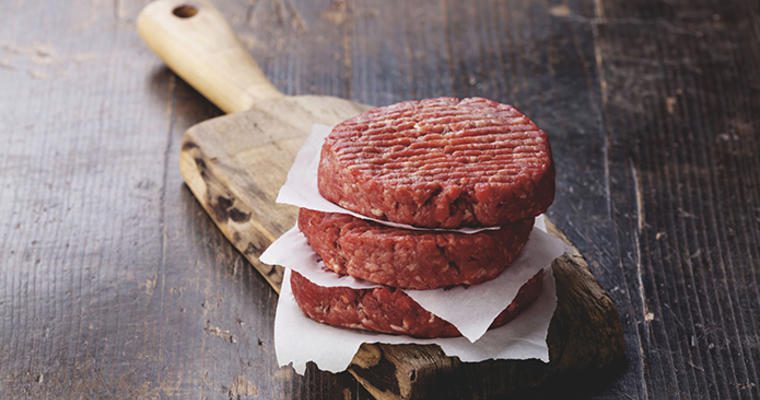Imagine a wonderful dinner at a great restaurant. Then suddenly it strikes: The rumble of the stomach, nausea, vomiting for hours, sometimes days of agonizing pain and discomfort.
What could it be? Two bugs that cause foodborne illnesses come to mind: norovirus and E. coli.
Bug No.1—Norovirus
Highly contagious and capable of causing severe sickness, norovirus is the leading cause of foodborne outbreaks in the U.S. It spreads quickly and easily and can survive for several days on surfaces or objects touched by an infected person. This bug generally presents itself 12 to 48 hours after exposure and typically produces gastrointestinal distress; however, the young, elderly, and immune-compromised persons can be at serious risk for dehydration, hospitalization, even death.
According to the Centers for Disease Control (CDC), infected food workers cause about 70 percent of reported norovirus outbreaks from contaminated food. More than 60 percent of outbreaks occur at restaurants; 25 percent of these are attributed to infected foodservice workers.
Educate food-handlers in the best ways to prevent foodborne illness. Start with proper hand-hygiene—when, and how, to wash properly with soap. It’s the No.1 way to prevent the spread of infection.
Prevent Norovirus Outbreaks
The CDC recommends the following steps:
Ban bare-hand contact. The FDA’s Food Code advises against bare-hand contact with ready-to-eat foods.
Tell sick workers to stay home. Consider implementing paid sick leave and a staffing roster of on-call workers. Restrict employees who’ve had a sore throat with fever and vomiting within the past 24 hours from working. See section 2.201 of the Food Code at fda.gov for a full list of exclusions and restrictions.
Sanitize and disinfect. Norovirus is hard to kill and can stay on food, kitchen surfaces and utensils.
Keep countertops, tables, and other surfaces safe. Clean and disinfect all areas that may have been contaminated by an ill worker or patron. Ask your distributor to recommend products for killing norovirus.
Bug No. 2—Escherichia coli
E. coli—E. coli O157:H7—is a bacterium that lives in the intestines of people and animals. According to the CDC, most E. coli are harmless, but some are pathogenic and can cause illnesses such as diarrhea and, in severe life-threatening cases, kidney failure. Exposure to these bacteria can come from water or food (usually include raw vegetables, unpasteurized milk, and undercooked ground beef) contaminated with human or animal feces. E. coli can travel easily; in 2014, E. coli O157:H7 was linked to a multistate outbreak caused by contaminated ground beef.
Preventing E. Coli O157:H7 Outbreaks
Cook all ground beef thoroughly. Make sure the cooked meat is browned throughout (not pink), and the juices run clear. Use a thermometer to determine that the cooked meat’s internal temperature is at 155°F, held for 15 seconds.
Consume only pasteurized milk and milk products. Avoid raw milk.











